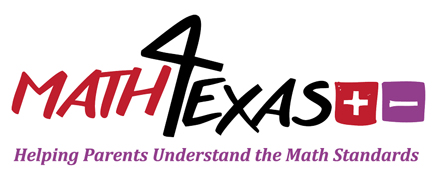In Fifth Grade
-
Fifth grade students compared, ordered, and represented the value of a digit through the thousandths place, rounded decimals to tenths or hundredths, and identified prime and composite numbers. Students also simplified numerical expressions involving two levels of grouping which involved parentheses and brackets.
In Sixth Grade
-
In sixth grade, students will order a set of rational numbers, generate equivalent forms of fractions, decimals, and percents as well as generate equivalent numerical expressions using the order of operations, and generate equivalent expressions using the properties of operations. Students will also classify whole numbers, integers, and rational numbers, give examples of ratios and rates, and distinguish between expressions and equations.
In Seventh Grade
-
In seventh grade, students will solve problems using qualitative and quantitative predictions and comparisons and determine experimental and theoretical probabilities related to simple and compound events. Students will also make predictions and determine solutions using experimental data and theoretical probability as well as find the probabilities of a simple event.







